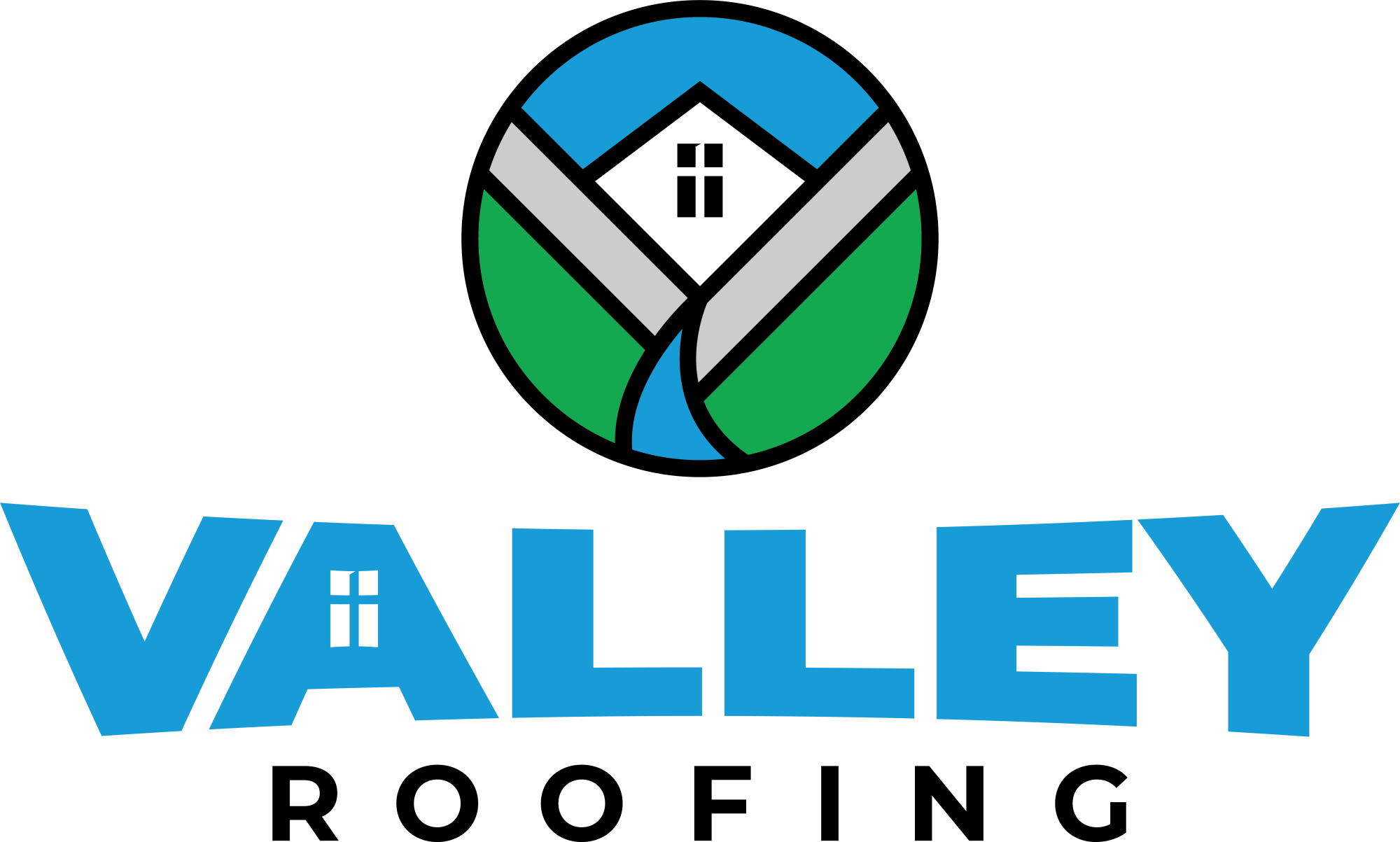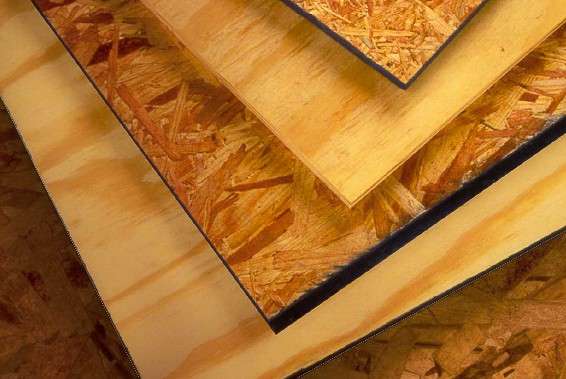Roof Decking & Plywood
What is roof decking and what plywood is best to use? These are both common questions we get asked all the time. We’re going to answer those questions for you, so you can make sure you’re making the right choice for your home.
What is Roof Decking?
Roof decking is simply just the boards of plywood that sit under your shingles. It is the base of your roof.
Why is Roof Decking So Important?
A roof deck helps protect your home. Having a damaged or improperly placed roof deck can lead to lots of problems. For starters, your home will be more prone to damage, which will cost you more money in the long run. Damaged decking may also make your shingles not work as well, causing leaks and other problems. This can lead to a shorter roof lifespan, so having properly placed and undamaged decking is very important for a longer-lasting roof.
What Types of Plywood are there to Choose From for Roof Decking?
There are two types of plywood that you can choose from: OSB and CDX. We at Valley Roofing recommend CDX, but OSB is an okay option too, especially if you have a lower budget. But read on to learn about the differences and why CDX may be the best option.
What is OSB?
OSB stands for Oriented Strand Board. These boards are typically made up of compressed wood chips, resin, and glue. They have a waterproof adhesive that helps protect against the elements. There are 4 types of OSB and each goes by the amount of humidity each can bear:
- OSB/1 is a general-purpose plywood used for items such as indoor furniture. It has little to no moisture tolerance.
- OSB/2 is often used for panels and flooring. It can’t handle much moisture.
- OSB/3 is suitable for Load-bearing boards that can be used in conditions with high humidity.
- OSB/4 is the suitable option for humid, outdoor conditions and is the most common type used for roof decking.
OSB tends to hold up better in harsher weather conditions, because of the glue and resin. It is harder for water to be absorbed by the wood.
What is CDX?
With CDX, the letters C and D stand for the plywood grades and quality. One side is a “C” grade and the other is a “D” grade. This plywood is made up of several sheets of wood veneer sheets that are glued together. The C grade sheet is the top surface layer and the D grade sheets are the under layers. The X in CDX stands for exposure. This means that the plywood is suitable for humid and wet conditions, but it can not hold up against long periods of moisture. CDX plywood is made with medium to low-grade wood.
So What are the Differences?
OSB is almost half the cost of CDX, but CDX is higher in value, so you will lose value with OSB. CDX is stronger than OSB and more durable. It can withstand high amounts of moisture. But of course, if unprotected, it will not last as long. We love CDX because it makes the installation process faster and easier, as OSB can sometimes be a pain to place properly and nail in, due to the resin and glue.
The Pros and Cons:
Here are some of the pros and cons of OSB and CDX.
OSB:
Pros:
- It’s Inexpensive
- It comes in large panels
- More water resistant
- Holds up better with moisture
Cons:
- Not the best quality
- Less moisture absorption and slower drying time, large amounts of swelling
- Weak hold for nails and screws
CDX:
Pros:
- Much better hold for nails and screws
- Less swelling and more durable
- Dries quickly
- Better dimensional stability
Cons:
- Can’t hold up to moisture for long periods
- Expensive
- Doesn’t come in large panels
- Can be Harder to find
Choosing the Right Option:
When it comes to choosing which plywood you should use for your roof, it depends on your budget, the quality, and the weather resistance you want your roof to have. If your budget is small, OSB is a better fit. But CDX is still the better option if you want better dimensional stability, quality, and fewer opportunities for damage to your roof.


0 Comments